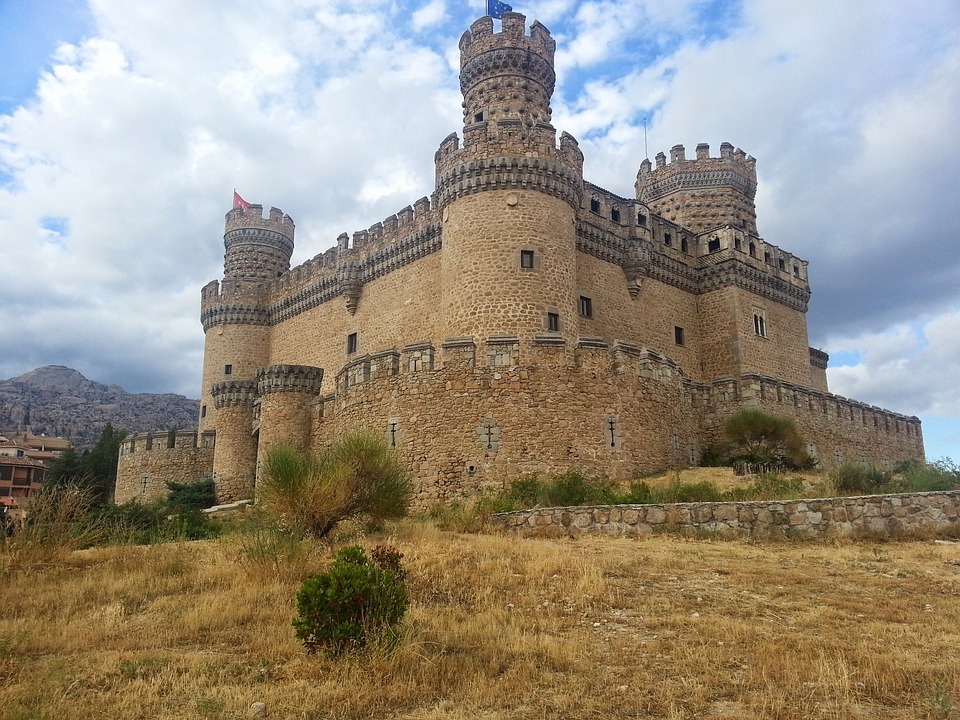Introduction
Madrid, the vibrant capital of Spain, is renowned for its rich cultural heritage, where art and history combine to create a unique atmosphere. One of the most passionate and captivating aspects of Madrid’s culture is flamenco, a traditional Spanish dance form that originated in the Andalusian region. The city is immersed in a flamenco fever, with numerous venues, academies, and performances that allow both locals and visitors to experience the allure and beauty of this expressive dance form.
Historical Roots of Flamenco
Flamenco has its roots deeply embedded in the diverse cultures that influenced Spain over centuries, including the Romani people, Arabs, Jews, and indigenous Andalusians. Its exact origin remains a subject of debate, but it is believed to have originated in the 18th century, evolving into the passionate dance form we know today. The dance is characterized by its powerful footwork, rhythmic clapping, expressive movements, and soulful singing.
Flamenco in Madrid
Madrid serves as a melting pot for flamenco enthusiasts, attracting both seasoned professionals and aspiring dancers from around the world. The city offers a vast array of flamenco venues, from intimate tablaos (flamenco bars) to grand theaters, where artists mesmerize audiences with their incredible performances.
Experiencing Flamenco in Madrid
Immersing yourself in Madrid’s flamenco scene is an unforgettable experience. Many flamenco academies offer classes for beginners and experienced dancers alike, providing an opportunity to learn from skilled instructors and embrace the art form’s essence. Attending a live performance is a must, as it allows you to witness the captivating interplay of musicians, dancers, and singers, creating a harmonious blend of passion and emotion.
The Triangular Relationship
Flamenco revolves around the triangular relationship between the dancer, singer, and guitarist. The dancer articulates their emotions through precise footwork, intricate hand movements, and intricate body postures. The singer, known as the cantaor or cantaora, passionately sings heartfelt lyrics known as “cante,” expressing the pain, joy, love, and sorrow that resonate deeply within flamenco’s soul. The guitarist provides the rhythmic foundation and adds beautifully embellished melodies that seamlessly accompany the dancer and singer.
Flamenco Festivals
Madrid hosts a myriad of flamenco festivals throughout the year, showcasing the best talents from both local and international flamenco artists. Festivals like Suma Flamenca, Festival de Madrid, and Flamenco Madrid bring together renowned flamenco figures, offering a unique opportunity to witness extraordinary performances, attend workshops, and further immerse yourself in the flamenco culture.
FAQs
What is the best time to visit Madrid for experiencing flamenco?
While flamenco can be enjoyed year-round in Madrid, the city truly comes alive during the summer months when flamenco festivals and outdoor performances are in full swing. However, there are performances available throughout the year, so you can indulge in flamenco regardless of the season.
Are there any dress codes for attending flamenco performances?
There are no strict dress codes for flamenco performances in Madrid. However, you can embrace the spirit of the dance by wearing something elegant or traditional. Many spectators opt for smart casual attire.
Can I learn flamenco as a beginner in Madrid?
Absolutely! Madrid offers a range of flamenco academies that cater to beginners. These classes are designed to introduce newcomers to the basics of flamenco, allowing them to immerse themselves in the art form and develop their skills gradually.
Where can I find the best flamenco venues in Madrid?
Some of the highly recommended flamenco venues in Madrid include Casa Patas, Cardamomo, and Corral de la Moreria. These places provide an authentic and enchanting atmosphere with incredible performances by talented artists.
Is flamenco solely a dance form, or are there other art elements involved?
Flamenco is a multi-faceted art form that encompasses dance, singing, guitar playing, and percussion. The harmonious interplay between these elements creates the unique and passionate experience that is flamenco. Each aspect is equally important in bringing the dance culture to life.

